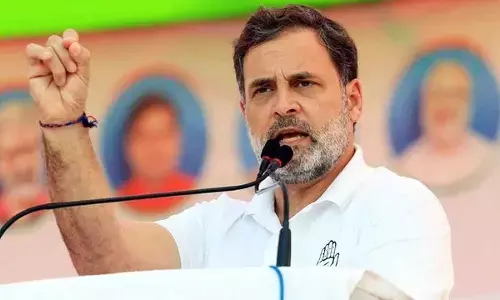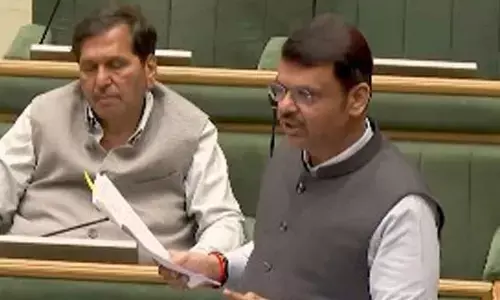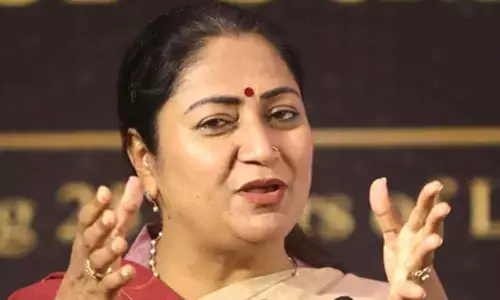Deficient monsoons: Cloud seeding may not work now

Bengaluru:: With monsoons fully withdrawing from the Indian subcontinent, the Karnataka government’s attempt to go in for cloud seeding may not yield the expected results. Following the India Meteorological Department (IMD) giving signals of deficient monsoons in the state, the experts feel that the decision to go in for cloud seeding has to be taken now as the clouds were available but the expected volume of rains was not just arriving.
Experts on cloud seeding opine that in a situation like this, if the country wanted to push for 100 percent monsoons, increasing the rain fall from predicted 93 percent by 7 percent to reach 100 percent or even more, cloud seeding should be in a position to deliver results to that effect. “In the years 2003, 2009, and 2012, cloud seeding taken up in the various monsoon deficient states has shown an improvement in volumes of rainfall between 5 - 25 percent. The cloud seeding for Bombay Municipal Corporation, Rajasthan, and Karnataka has delivered the right results in those years. But they were done
The nodal agency for deciding whether or not to go in for cloud seeding was the Disaster Management Department, Water Resources Ministry, or Agriculture Department, or all these three departments and ministries put together can also take a decision. A senior official of the disaster management department told Hans India that not having enough rain could also lead to a drought disaster. Since there were indeed deficient monsoons in 2023, cloud seeding could be one of the possibilities to alleviate that eventuality.
If the cloud seeding has to give the expected results, there has to be a model of long term weather forecast that is precise. Cloud seeding can be effective only when there are potential clouds, but the process has to start at least four months before the actual seeding takes place. The tendering process, the import of equipment, and many other official and operational aspects will have to be looked at in minute detail. In such a scenario, it is better if the government has a long term plan to include cloud seeding protocols and infrastructure ready for seasons of deficientrains. In the present condition, only the states of Maharashtra and Rajasthan have decided to go in for cloud seeding; Karnataka should have been a fit case, experts in agriculture department say.







